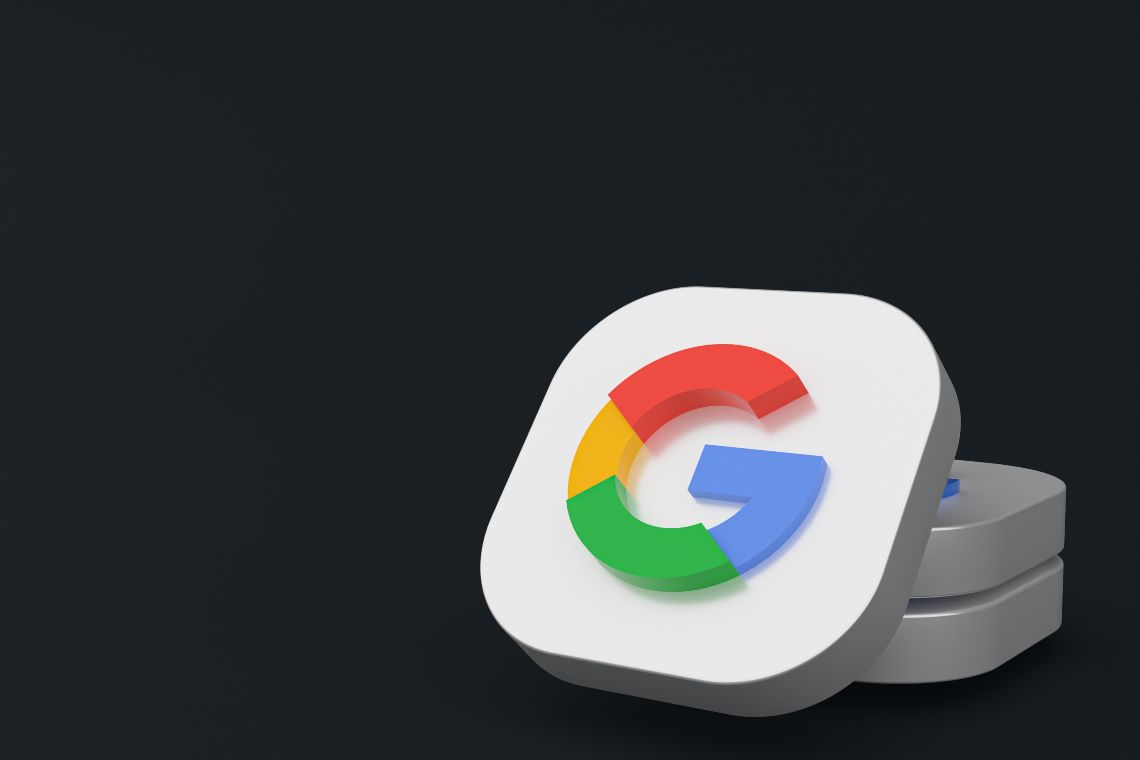A recent Trend Micro report had unveiled eight fake apps promising to mine bitcoin and cryptocurrency, which were also present on Google’s Play Store.
The apps
The eight incriminated apps are:
- BitFunds,
- Bitcoin Miner,
- Bitcoin (BTC),
- Crypto Holic,
- Daily Bitcoin Rewards,
- Bitcoin 2021,
- MineBit Pro,
- Ethereum (ETH).
These were apps that claimed to be cloud mining services, but they didn’t actually do any of that.
It must be said that nowadays, no smartphone or tablet has enough computing power to actually mine BTC or ETH, so anyone who claims that you can mine cryptocurrencies with an Android device is lying.
Also, cloud mining is a service that allows you to rent, obviously for a fee, machines capable of mining cryptocurrencies, so it is not and cannot be a free service.
These eight apps promised, by lying, to generate gains in cryptocurrency by asking for a cash investment to provide a non-existent cloud mining service. Trend Micro’s analysis instead found that they were merely inducing their users to watch advertisements or pay for subscription services with an average monthly fee of $15. They also suggested paying additional amounts to get “more mining capacity,” but in reality, giving absolutely nothing in return.
Google Play removes fake BTC and ETH mining apps
The apps were reported to Google Play and then removed from the Android Play Store.
TrendMicro also reports that by searching for “cloud mining” on Google Play, they still found many other apps of the same type; some of them even downloaded more than 100,000 times. Likely these are still fake apps that don’t actually give anything in return but just ask users for money.
In total, there would still be more than 120 fake crypto mining apps, according to Trend Micro’s Mobile App Reputation Service (MARS). The company estimates that these scams affected more than 4,500 users worldwide between July 2020 and July 2021.
By analyzing the code of these apps in detail, Trend Micro found that they contained a “mining simulation module” with counters and some random functions that showed the user a fake mining activity.
In other words, not only the promises with which they lured unsuspecting users were lies, but also all the data showed. The only thing concrete was the money that the scammed users sent to the authors of these fake apps.
Another technique used was to get users to click on paid ads “to prove that they are not robots” to collect rewards for these clicks.
Even in terms of using one of these apps, it was explicitly stated that it was only a game without any cryptocurrency mining functionality and, therefore, no earnings. It was enough to read them to realize the scam.
How to recognize fake apps
Trend Micro also provided some helpful tips to determine whether a cryptocurrency mining app is fake or not.
First of all, read the reviews carefully because fake apps often receive numerous 5-star reviews as soon as they are publicly released, but it is better to focus on the 1-star ones.
The second trick is to enter an incorrect cryptocurrency address where required because fake apps often have no control over the accuracy of incorrect addresses. Therefore, if a wrong address is accepted, it is better to doubt the app’s quality.
The third is to restart the app or the phone while the mining activity would be in progress. In fact, the mining simulation often starts all over again in these cases, resetting the counters to zero.
Another suspicious thing is the improbable commission-free withdrawals. On-chain transactions of BTC and ETH instead always have a fee.
Using these tricks, you should be able to unearth the majority of fake apps that promise earnings from cryptocurrency mining.
The post Google: removed eight fake bitcoin mining apps appeared first on The Cryptonomist.






















